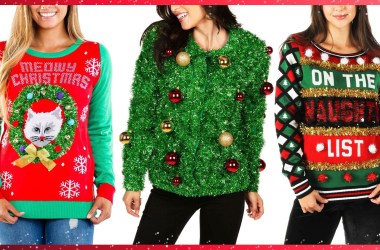
Dec. 10, 2025
Here are the best ugly Christmas sweaters this season
Our experts' review of the top apparel products.